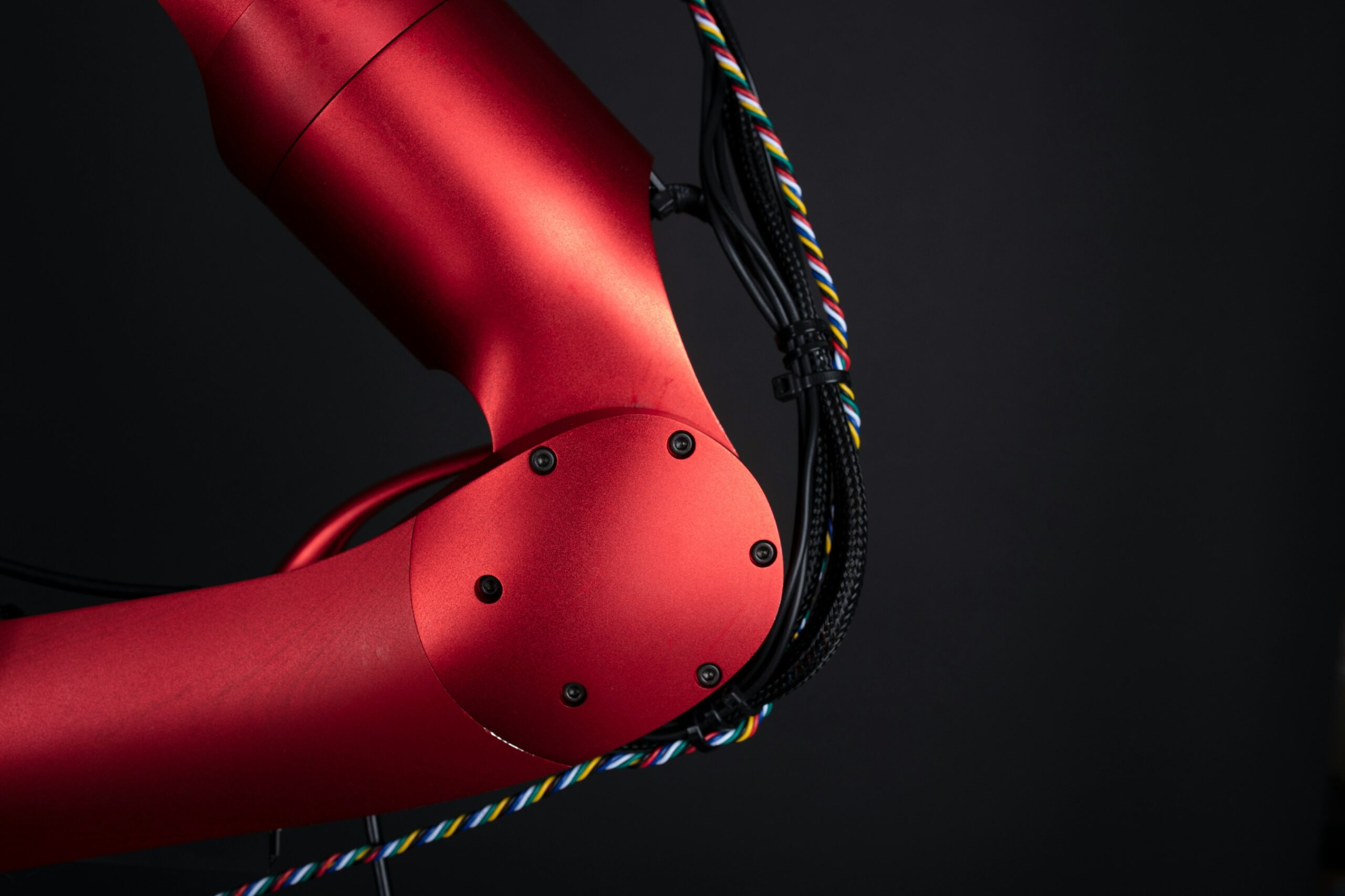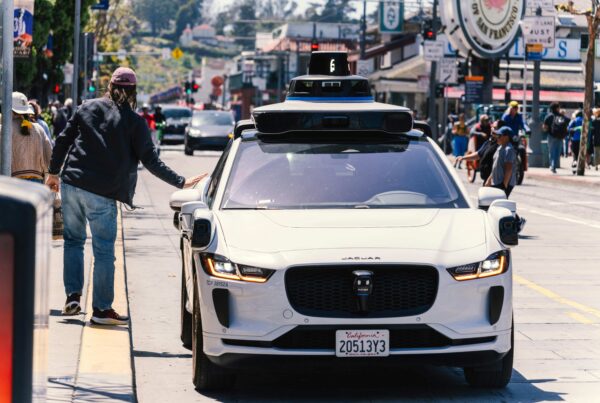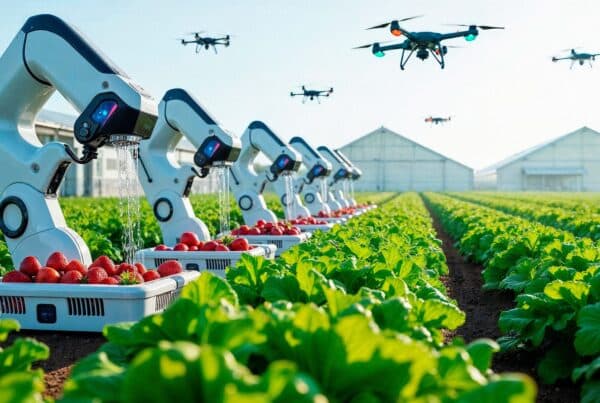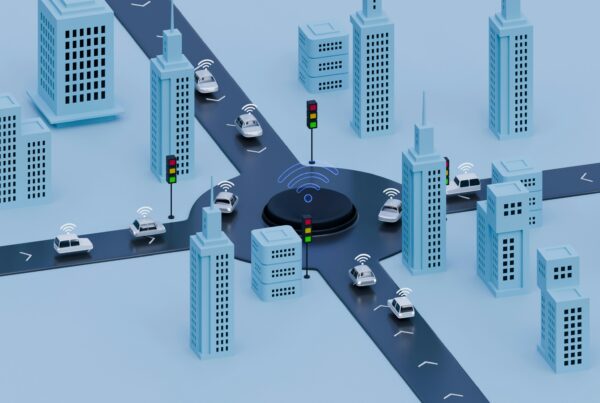Motion Planning: Guiding Next-Generation Autonomous Robots
Motion planning is a fundamental concept in robotics, focusing on the process of determining a sequence of movements that a robot or autonomous agent should take to reach a goal without colliding with obstacles. Whether it’s a robotic arm assembling parts on a factory line or a self-driving car navigating city streets, motion planning plays a crucial role in enabling safe and efficient operation.
Motion Planning is comprised of 3 main aspects:
- Environment Representation: The robot needs to understand its surroundings. Usually this is achieved through maps, sensor data, or mathematical models that define the workspace and identify potential obstacles.
- Path Planning Algorithms: These algorithms compute a viable path from the starting point to the target location. Common approaches include:
- Grid-based methods like A* or Dijkstra’s algorithm.
- Sampling-based methods such as Rapidly-exploring Random Trees or Probabilistic Roadmaps.
- Optimization-based methods which aim to find the smoothest or most efficient path.
- Trajectory Generation: Once a path is planned, the robot must translate it into real-world actions, taking into consideration speed, acceleration, and physical constraints.
Motion planning is not only about finding a path, but finding the best path for the autonomous robot with respect to efficiency and safety. As robots increasingly operate in dynamic, unpredictable environments, motion planning systems must also become more adaptive and operate in real-time.
If you’re hiring or looking to venture into robotics, autonomy, or intelligent mobility contact ben@akkar.com.







